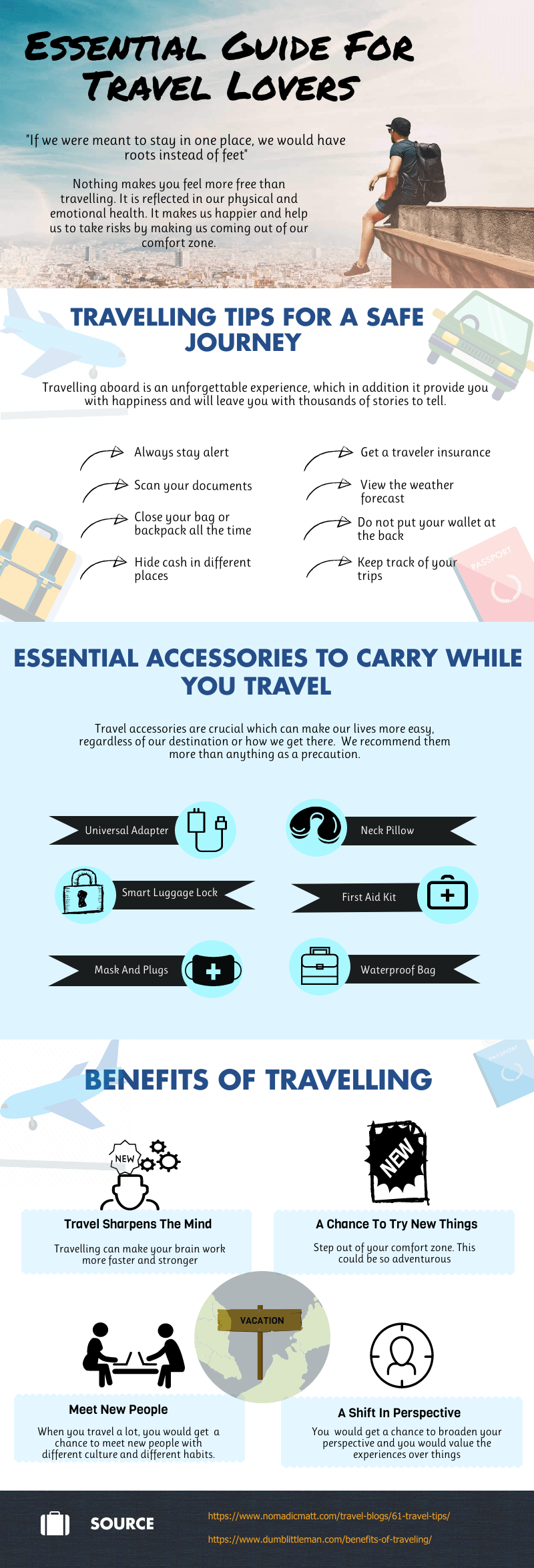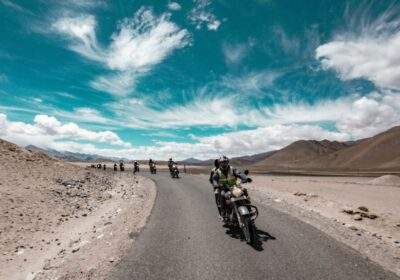
8 Rules to Follow While Going to An African Safari With Child

If your child is crazy about the Madagascar cartoon and adventure books featuring lions and rhinos, he will surely enjoy traveling to Africa. Most likely, he will even remember it for life. Some believe that an exotic mainland can be dangerous for children, but this is not entirely true – the main thing is to adhere to certain rules. I have compiled the basic laws of rest with children on the African continent.
We will analyze here how to prepare for a safari and what you should take into account during your trip.
Rule 1. Choose the most developed country in terms of tourism.
For holidays with children, East Africa, namely Kenya and Tanzania, is most suitable. Countries are washed by the warm waters of the Indian Ocean. The best conditions for young travelers are presented in the hotels of Zanzibar and Malindi. In large hotels, you will find the same service as in a child-friendly Turkey: playgrounds and clubs, baby sitter and pediatrician services, children’s animation.
Rule 2. Use mosquito nets and repellents
Many parents worry that in Africa a child can become infected with malaria or yellow fever. Some doctors recommend vaccination and taking prophylactic drugs, which are quite difficult for the body of even an adult. In fairness, it should be noted that on the eastern coast of the continent, in developed tourist areas, the risk of contracting these diseases tends to zero.
To enter Kenya, for example, no vaccinations are needed, and travelers can safely neglect the use of antimalarial pills. It is up to you to decide whether to exercise caution with precautions, however, experienced travelers (including residents who permanently reside in Kenya with children) are advised to restrict themselves to basic safety rules: use repellents and sleep only under a mosquito net. The main thing is that the tool should be with a high DEET level – about 30%. During sleep, it makes sense to include a fumigator in the room (for your own peace of mind).
Rule 3. Go on a safari only with a reliable guide.
The guide will guide you through proven itineraries tailored to your child’s age. If we are talking about a teenager, then he can easily stand a standard safari of 10-14 days, and if this is a young student, then two or three nights will do. A professional guide can organize your trip in such a way that even during this short period you will have time to see all the most interesting.
Rule 4. Overnight stay in lodges
Camping is quite fun: you feel the taste of camping life, they are more like a dangerous adventure. In short, the most for a teenager. But if you are traveling with a younger child – do not hesitate to choose accommodation in a lodge (this is more expensive, but Africa as a whole is not a cheap destination). A small bungalow with comfortable beds ensures a relaxing sleep for the whole family.
Rule 5. Pay attention to the season
Spring and autumn are considered the low season in East Africa due to rains. The price of tickets at this time is somewhat reduced, on the coast, it becomes stuffy and humid. If you are not aiming for a beach holiday (especially since there are more convenient destinations for this – the same in Southeast Asia), and you intend to spend time mostly in national parks – the rainy season is not a hindrance. On the contrary, a shower can refresh the air and make morning trips on the savannah even more pleasant.
From December to February, the hottest period of the year lasts, the rains stop. If you or your child cannot tolerate the heat, plan a trip for the high season – from May to October. In July and August, Kenya is dry, the air temperature is comfortable. Also, it should be noted that in recent years, due to an unbalanced climate around the world, the weather has become unpredictable, and Africa is no exception: travelers report heavy rains during the dry season and long lulls in March-April. Therefore, the sacramental “how lucky.”
Rule 6. Equip yourself for safari If you
want to provide your child with an impression of a lifetime – do not make annoying mistakes such as the lack of binoculars for observing animals and spare batteries for the camera. Also, the right equipment includes comfortable shoes, clothes made from natural fabrics with long sleeves, loose trousers, a hat, good sunglasses. If you go in the spring – light raincoats come in handy. Well, of course, repellents also need to be carried with you all the time, as well as wet wipes. If suddenly the reserves of funds from mosquitoes ran out, you can always buy it on the spot.
Rule 7. Avoid long journeys
The most famous national parks in Africa – Masai Mara and Amboseli – are located quite far from Nairobi. It is the capital of Kenya, where your plane will land. For safaris with children, more conveniently located nature reserves are suitable – for example, Ol Paget. This is a small park with a high concentration of animals, three hours from Nairobi (while you need to drive 11 hours to Masai Mara and five hours to Amboseli).
Experienced travelers recommend this route with children: Nairobi – Lake Naivasha – Nakuru – Ol Pageta – Nairobi. During a five-day trip, you can see Thompson’s waterfalls and Mount Kilimanjaro, take a boat ride on Lake Naivasha, admire pink flamingos in Nakura, take a picture of the rare white rhino and king of the savannah – the lion – in Ol Paget.
Rule 8. Plan ahead.
And finally, the golden rule of traveling with children is to carefully plan all the milestones. It is better not to rely on local offices and not expect to solve questions about accommodation after arrival (as travelers do, for example, in Vietnam and Thailand). We recommend that you write in advance by e-mail.















